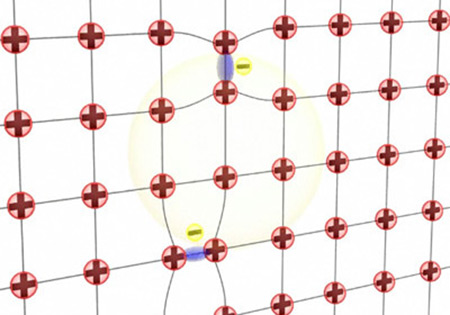
Physicists from the University of Toronto have developed a scheme for the operation of LEDs, which, due to an additional superconducting layer, emit entangled photons. The work was published in the journal Physical Review B, its preprint can be found at arxiv.org, a summary of the article is available on the university website.
Ordinary light-emitting diodes (LED) emit uncorrelated photons in no way with each other. To get entangled light, physicists had to supplement conventional diodes with a layer of superconducting material. In the latter there are so-called Cooper pairs – bound pairs of electrons. If such electrons are used to generate light in diodes, the resulting pairs of photons will be entangled.
Entangled particles are particles whose quantum properties are strongly correlated with each other. For example, by measuring the polarization of one member of a pair of entangled photons, one can automatically obtain information about the other, no matter where it is at that time. Until now, entangled photons have only been obtained by manipulating individual cooled atoms, N-V vacancies in diamonds (electron pairs of individual nitrogen in a carbon crystal), and quantum dots.
Simple and reliable sources of entangled photons are very important for quantum cryptography. These photons are used in it to transfer the key between two interlocutors. Recently, physicists have learned to use quantum entangled light also for microscopy. The contrast of microphotographs in entangled light is almost a third higher than the standard quantum clarity limit for ordinary photons.